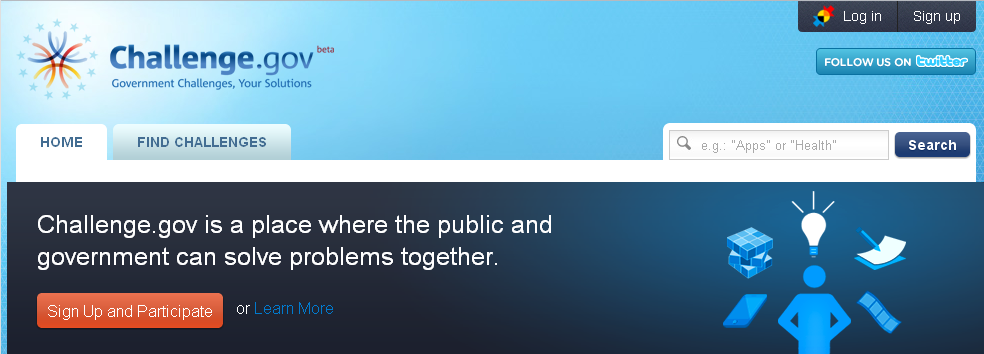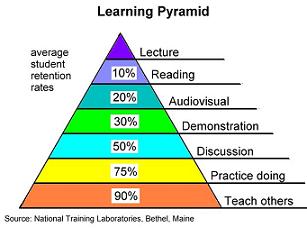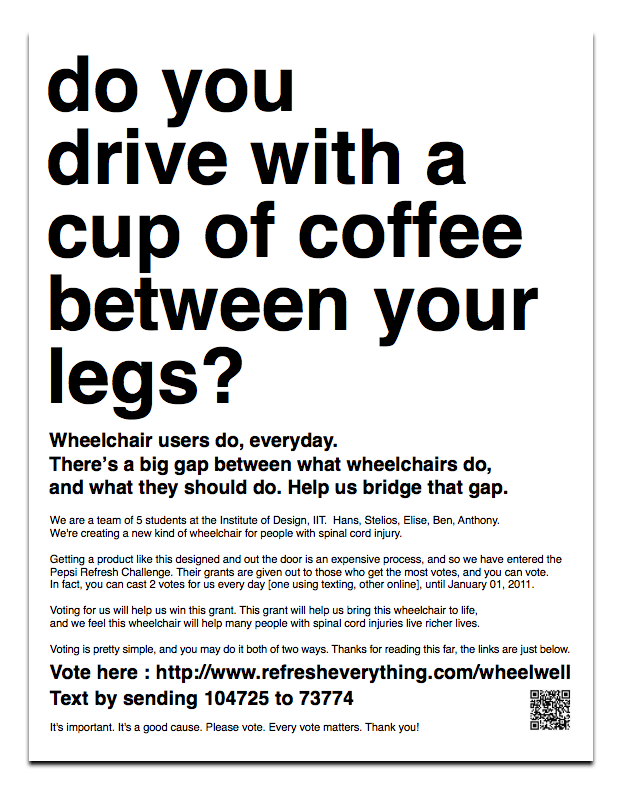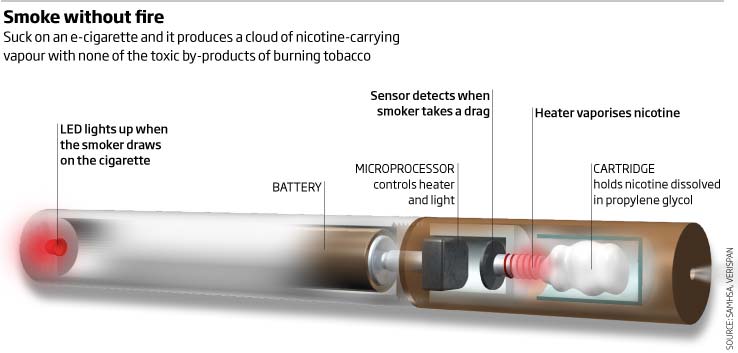Critical (Thinking + Making) = Innovation Squared
Wednesday, December 29th, 2010 In my philosophy of business workshop I argue that the most costly philosophical mistake management scholars and practitioners in the West make is differentiating thought and action. It is true that an artificial distinction between thinking and doing enhanced management control and predictability in the industrial era. But things have changed and we forgot the distinction is artificial. Now that knowledge and creativity are key the distinction leads to poor decision-making about job design, planned organizational change and innovation to name just a few areas. And it runs deep – plan versus implement, strategy versus operations, design versus construction, research versus manufacture and thinkers versus doers.
In my philosophy of business workshop I argue that the most costly philosophical mistake management scholars and practitioners in the West make is differentiating thought and action. It is true that an artificial distinction between thinking and doing enhanced management control and predictability in the industrial era. But things have changed and we forgot the distinction is artificial. Now that knowledge and creativity are key the distinction leads to poor decision-making about job design, planned organizational change and innovation to name just a few areas. And it runs deep – plan versus implement, strategy versus operations, design versus construction, research versus manufacture and thinkers versus doers.
When we try to learn or innovate, the current distinction between thinking and doing is most harmful. This is why techniques such as prototyping and ethnographic study in design or constructionism in education produce interesting results. They combine thinking, making and observing in deep and natural ways.
John Maeda, the new president of the Rhode Island School of Design and former head of MIT’s media lab, made a related point recently in Seed Magazine.
“After two decades as a student and faculty member at MIT, my newest experience at the Rhode Island School of Design (RISD) has reawakened me to the world of physical creation. RISD represents the ultimate culture of makers. There is no greater integrity, no greater goal achieved, than an idea articulately expressed through something made with your hands. We call this constant dialogue between eye, mind, and hand “critical thinking—critical making.” It’s an education in getting your hands dirty, in understanding why you made what you made, and owning the impact of the work in the world. It’s what artists and designers do. ”
He is making a broader argument for injecting art and design into science education to take the engine of innovation in the US to the next level. The idea is to go beyond our technology-centric approach to innovation by adding art, emotion and intuition into the process. To do this we must integrate thinking and making.
Critical (Thinking + Making) = Innovation Squared because it is one way to smash the artificial distinction between thinking and doing.
Image Source: Blogging Innovation








 This should be no surprise to many educators that already promote active learning. What is interesting though is the specific definition of what constitutes the cognition behind “being active”. In this case control over the stimulus environment engages the hippocampus. This likely makes (and I am speculating) memorizing something secondary or incidental to a more natural whole-brain activity.
This should be no surprise to many educators that already promote active learning. What is interesting though is the specific definition of what constitutes the cognition behind “being active”. In this case control over the stimulus environment engages the hippocampus. This likely makes (and I am speculating) memorizing something secondary or incidental to a more natural whole-brain activity.

